A tughra is a calligraphic monogram, seal or signature of an Ottoman sultan that was affixed to all official documents and correspondence. It was also carved on his seal and stamped on the coins minted during his reign.
Suleiman the Magnificent

Mahmud II
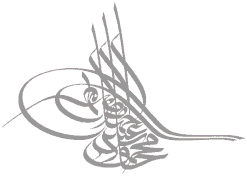
Translated from Arabic: Mahmud Khan son of Abdulhamid is forever victorious.
Mehmet (Mohammad) Ali of Egypt

Muhammad Ali Pasha al-Mas'ud ibn Agha (4 March 1769 – 2 August 1849) was an Ottoman Albanian commander in the Ottoman army, who became Wāli, and self-declared Khedive of Egypt and Sudan with the Ottoman's temporary approval. Though not a modern nationalist, he is regarded as the founder of modern Egypt because of the dramatic reforms in the military, economic and cultural spheres that he instituted. He also ruled Levantine territories outside Egypt. The dynasty that he established would rule Egypt and Sudan until the Egyptian Revolution of 1952 led by Muhammad Naguib. (Wikipedia)
The sultans of the Ottoman Empire (Turkish: Osmanlı padişahları), made up solely of the members of the Ottoman dynasty (House of Osman), ruled over the transcontinental empire from its inception in 1299 to its dissolution in 1922. At its height, the Ottoman Empire spanned from Hungary in the north to Somalia in the south and from Algeria in the west to Iran in the east. Administered at first from the city of Bursa in Anatolia, the empire's capital was moved to Edirne in 1366 and then to Constantinople (currently known as Istanbul) in 1453 following its conquest by Mehmed II from the Byzantine Empire.
The Ottoman Empire was an absolute monarchy during much of its existence. The sultan was at the apex of the hierarchical Ottoman system and acted in political, military, judicial, social, and religious capacities under a variety of titles.[a] He was theoretically responsible only to God and God's law (the Islamic شریعت şeriat, known in Arabic as شريعة sharia), of which he was the chief executor. His heavenly mandate was reflected in Islamic titles such as "shadow of God on Earth" (Arabic: ظل الله في العالم zill Allah fi'l-alem) and "caliph on the earth" (Persian: خلیفه روی زمین khalife-i ru-yi zemin).[4] All offices were filled by his authority, and every law was issued by him in the form of a decree called firman (فرمان). He was the supreme military commander and had the official title to all land.


Suleiman I, known as “the Magnificent” in the West and “Kanuni” (the Lawgiver) in the East, (6 November 1494 – 7 September 1566) was the tenth and longest-reigning Sultan of the Ottoman Empire, from 1520 to his death in 1566 (Wikipedia).
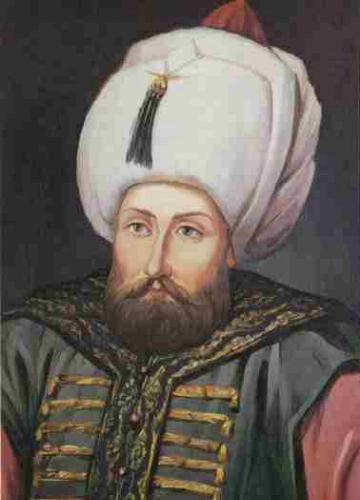
Selim II, also known as "Selim the Sot (Mest)" in west and as "Sarı Selim" (Selim the Blond) in east, was the Sultan of the Ottoman Empire from 1566 until his death in 1574 (Wikipedia).
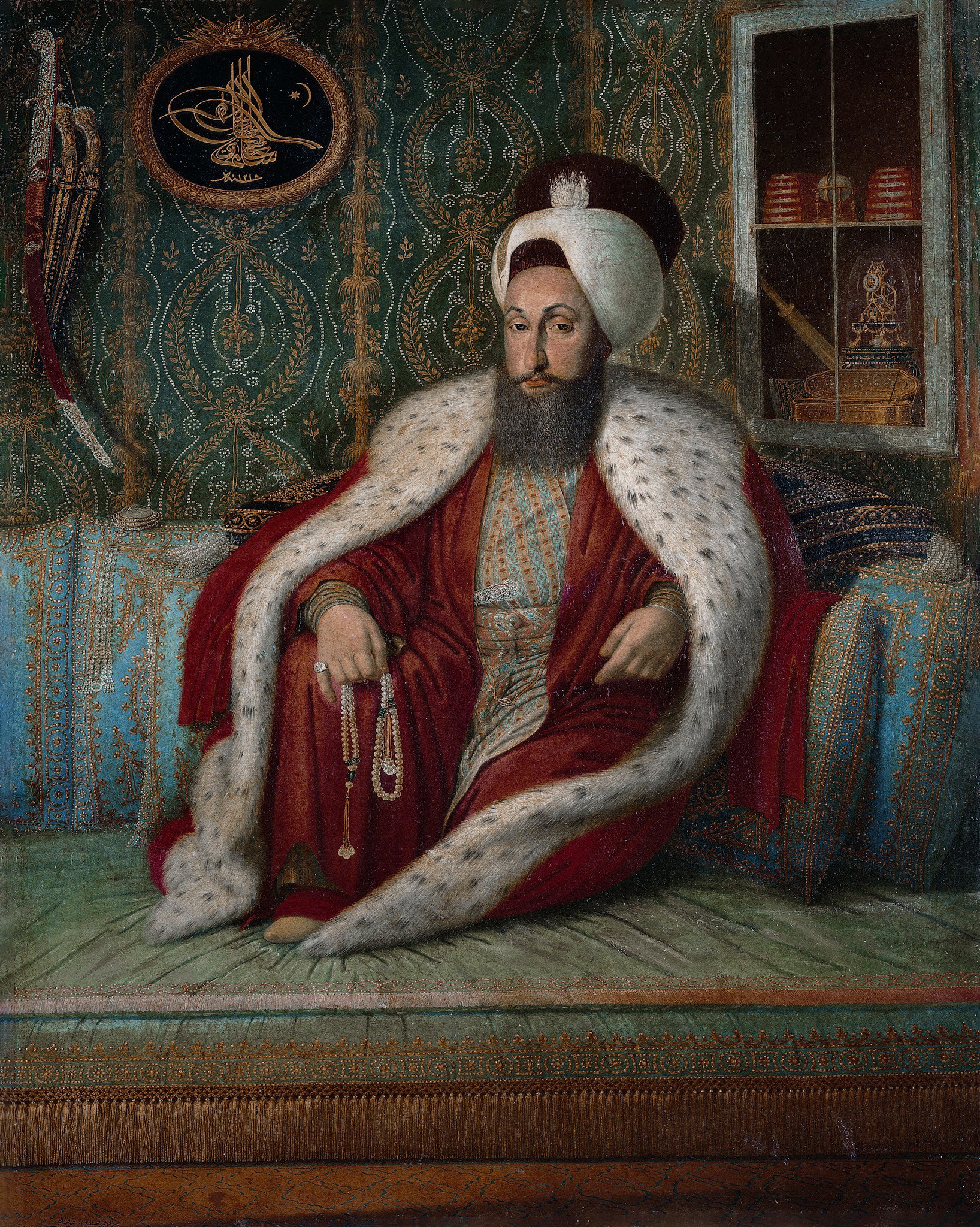
Selim III was the reform-minded Sultan of the Ottoman Empire from 1789 to 1807. The Janissaries eventually deposed and imprisoned him, and placed his cousin Mustafa on the throne as Mustafa IV. Selim was killed by a group of assassins subsequently after a Janissary revolt.
A great lover of music, Sultan Selim III was a composer and performer of significant talent. He created fourteen makam-s (melodic types), three of which are in current use today. Sixty-four compositions by Selim III are known today, some of which are part of the regular repertory of Turkish classical music performerance. Aside from composing music, Selim III also performed on the ney (reed flute) and tanbur (long-necked, fretted lute). (Wikipedia)
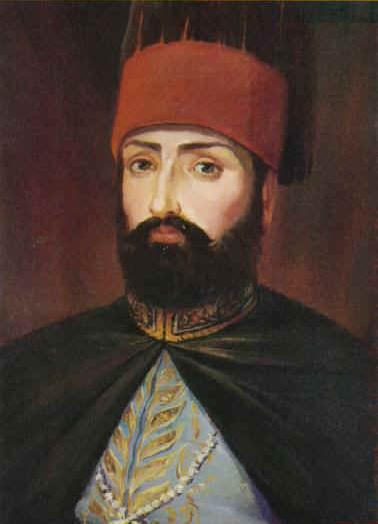
Mahmud II (20 July 1789 – 1 July 1839) was the 30th Sultan of the Ottoman Empire from 1808 until his death in 1839. He was born in the Topkapi Palace, Constantinople,[1] the posthumous son of Sultan Abdulhamid I. His reign is notable mostly for the extensive administrative, military and fiscal reforms he instituted, which culminated into the Decree of Tanzimat (Reorganization) that was carried out by his sons Abdülmecid I and Abdülaziz I. (Wikipedia)
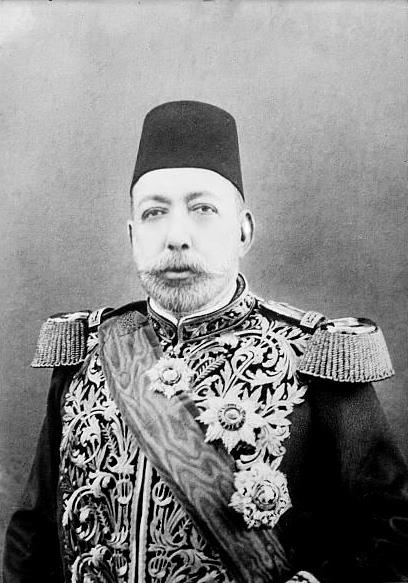
Mehmed V Reshad (2/3 November 1844 – 3/4 July 1918) was the 35th Ottoman Sultan. He was the son of Sultan Abdülmecid I. He was succeeded by his half-brother Mehmed VI. (Wikipedia)